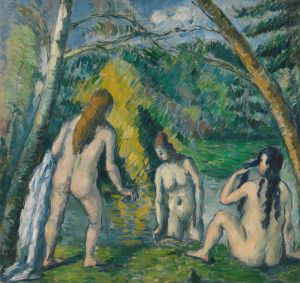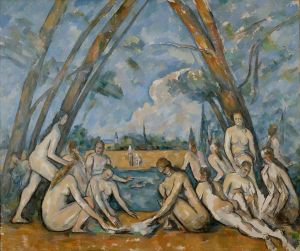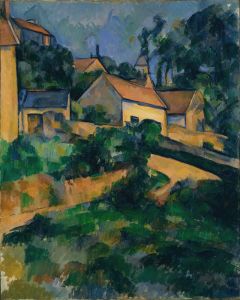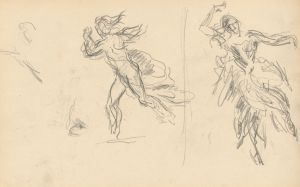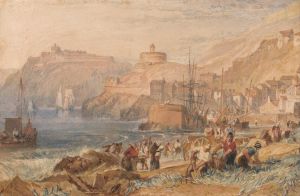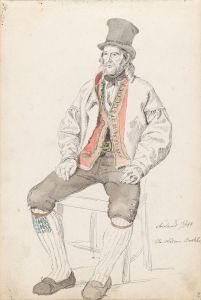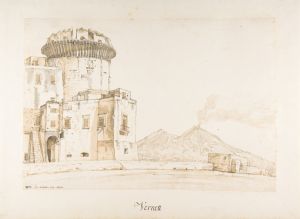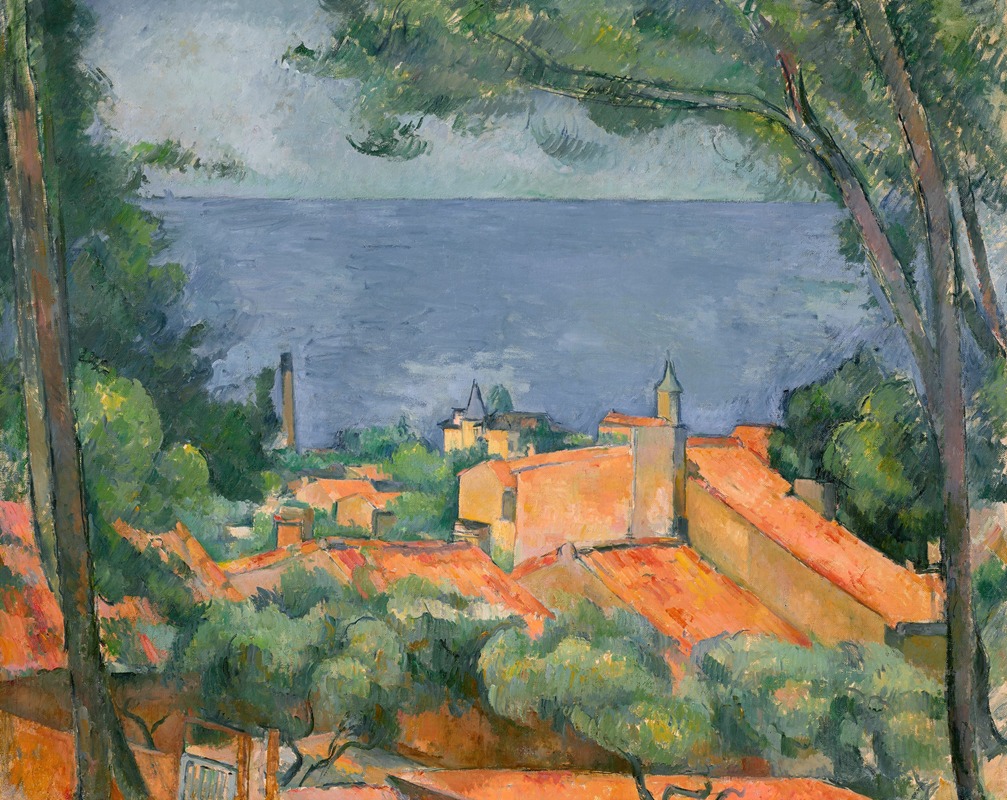
L’Estaque aux toits rouges
A hand-painted replica of Paul Cézanne’s masterpiece L’Estaque aux toits rouges, meticulously crafted by professional artists to capture the true essence of the original. Each piece is created with museum-quality canvas and rare mineral pigments, carefully painted by experienced artists with delicate brushstrokes and rich, layered colors to perfectly recreate the texture of the original artwork. Unlike machine-printed reproductions, this hand-painted version brings the painting to life, infused with the artist’s emotions and skill in every stroke. Whether for personal collection or home decoration, it instantly elevates the artistic atmosphere of any space.
Paul Cézanne's painting L’Estaque aux toits rouges (translated as L'Estaque with Red Roofs) is a notable work by the French Post-Impressionist artist. Created around 1883-1885, the painting depicts the small fishing village of L'Estaque, located near Marseille in southern France. Cézanne visited L'Estaque multiple times during his career, and the village became a recurring subject in his work, offering him a setting to explore his revolutionary approach to form, color, and composition.
In L’Estaque aux toits rouges, Cézanne presents a view of the village's red-tiled rooftops nestled among lush greenery, with the Mediterranean Sea and distant hills visible in the background. The painting is characterized by Cézanne's distinctive use of geometric forms and his method of building up the composition through carefully placed brushstrokes. The interplay of warm and cool tones, particularly the contrast between the red roofs and the surrounding blues and greens, demonstrates his mastery of color harmony.
This work reflects Cézanne's transition from Impressionism to a more structured and analytical approach to painting, which would later influence the development of modern art, including Cubism. Unlike the fleeting effects of light and atmosphere emphasized by the Impressionists, Cézanne sought to capture the underlying structure and permanence of the landscape. His treatment of the scene in L’Estaque aux toits rouges exemplifies this goal, as the forms appear solid and enduring, yet still vibrant and dynamic.
The painting is now housed in the Musée d'Orsay in Paris, France, where it is part of the museum's extensive collection of 19th-century art. It is considered one of Cézanne's significant contributions to the Post-Impressionist movement and a testament to his innovative vision, which bridged the gap between Impressionism and the modern art movements of the 20th century.
Cézanne's work at L'Estaque, including L’Estaque aux toits rouges, remains highly regarded for its influence on subsequent generations of artists and its role in redefining the possibilities of landscape painting.





